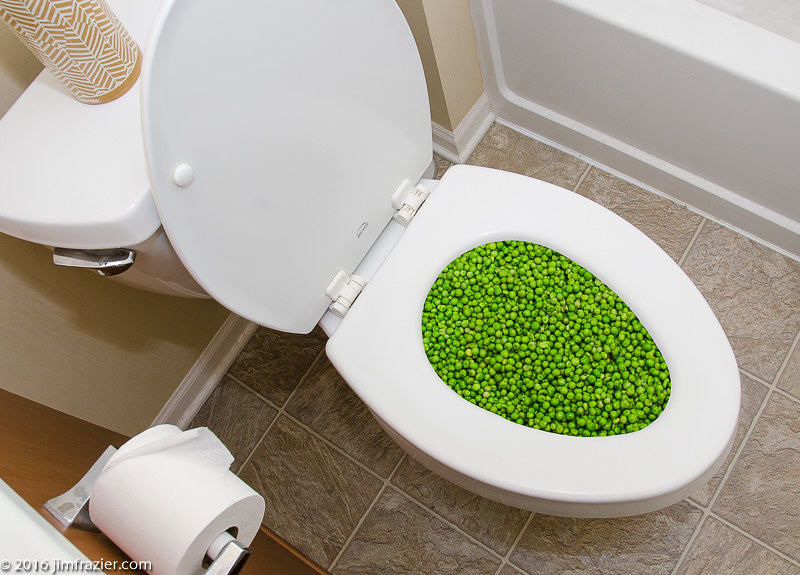Is it Suitable to Dispose of Food Waste in the Toilet?
Is it Suitable to Dispose of Food Waste in the Toilet?
Blog Article
They are making a few great points regarding What Can Happen If You Flush Food Down the Toilet? as a whole in this great article directly below.

Intro
Lots of people are frequently faced with the problem of what to do with food waste, specifically when it pertains to leftovers or scraps. One typical inquiry that occurs is whether it's all right to purge food down the toilet. In this write-up, we'll delve into the reasons that people could take into consideration flushing food, the consequences of doing so, and alternative methods for appropriate disposal.
Reasons people could take into consideration purging food
Lack of understanding
Some individuals might not understand the potential damage caused by purging food down the bathroom. They may erroneously believe that it's a harmless method.
Comfort
Purging food down the commode might look like a fast and easy service to taking care of unwanted scraps, specifically when there's no neighboring trash can offered.
Idleness
Sometimes, people may merely select to flush food out of sheer laziness, without considering the effects of their actions.
Effects of flushing food down the bathroom
Environmental influence
Food waste that ends up in waterways can contribute to contamination and harm water communities. In addition, the water utilized to flush food can strain water sources.
Plumbing problems
Purging food can lead to blocked pipes and drains pipes, causing pricey plumbing repair work and troubles.
Kinds of food that ought to not be purged
Fibrous foods
Foods with fibrous structures such as celery or corn husks can obtain entangled in pipes and cause obstructions.
Starchy foods
Starchy foods like pasta and rice can soak up water and swell, resulting in blockages in pipes.
Oils and fats
Greasy foods like bacon or food preparation oils need to never ever be flushed down the toilet as they can strengthen and create clogs.
Correct disposal techniques for food waste
Utilizing a waste disposal unit
For homes equipped with garbage disposals, food scraps can be ground up and purged via the pipes system. Nevertheless, not all foods are suitable for disposal in this fashion.
Recycling
Particular food packaging products can be recycled, reducing waste and minimizing ecological impact.
Composting
Composting is a green method to deal with food waste. Organic products can be composted and used to improve dirt for horticulture.
The significance of appropriate waste administration
Lowering ecological damage
Appropriate waste management methods, such as composting and recycling, aid minimize pollution and preserve natural deposits for future generations.
Securing pipes systems
By staying clear of the technique of flushing food down the commode, homeowners can protect against expensive plumbing repairs and keep the stability of their plumbing systems.
Final thought
Finally, while it may be appealing to purge food down the bathroom for ease, it is essential to recognize the possible consequences of this activity. By embracing appropriate waste management methods and throwing away food waste responsibly, individuals can contribute to much healthier plumbing systems and a cleaner setting for all.
FLUSH FOOD DOWN THE TOILET?
FLUSHING FOOD CAN CAUSE BLOCKED DRAINS IN YOUR HOME
All of the plumbing fixtures in your home are connected to the same sewer pipe outside of your home. This outdoor sewer pipe is responsible for transporting all the wastewater from your home to the Council sewer mains. Even small pieces of food that go down the kitchen sink can cause problems for your sewer. It should therefore be obvious that flushing larger bits of food, such as meat, risks a clog in either the toilet itself or the sewer pipes. Flushing greasy food is even more problematic because oil coagulates when it cools, coating the interior lining of your pipes.
THE TOILET IS NOT A BIN
Food isn’t the only thing that people shouldn’t be flushing down the toilet. People use the toilet to dispose of all kinds of things such as tampons, makeup wipes, dental floss, kitty litter and even underwear. Water goes to great lengths to educate residents about the high costs and stress placed on wastewater treatment systems simply from people flushing the wrong stuff down the toilet. It costs taxpayers millions of dollars each year, and homeowners thousands in blocked drain repairs.
FLUSHING FOOD IS A WASTE OF WATER
Flushing food is a waste of our most precious resource - water. In June this year Level 1 water restrictions were introduced to protect water supply from drought conditions. Much of New South Wales continues to be affected by prolonged drought with recent figures revealing up to 97 per cent of the state remains in drought. Depending on whether you have a single or dual flush toilet, every single flush uses between five and 11 litres of water. In the current climate this is a huge amount of water to be wasting on flushing food that should be placed in the bin (or better yet, the compost).
https://www.jabplumbingsolutions.com.au/blog/can-you-flush-food-down-the-toilet

I was made aware of that article on What Can Happen If You Flush Food Down the Toilet? through an acquaintance on another web address. Sharing is nice. One never knows, you could be doing someone a favor. I am grateful for your time. Don't forget to check up our blog back soon.
Book Now! Report this page